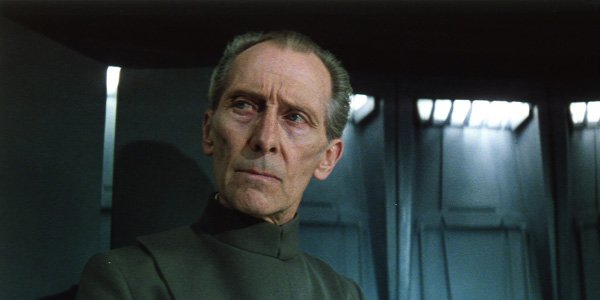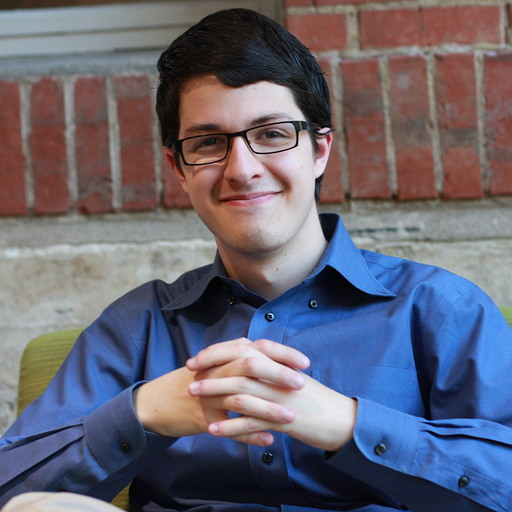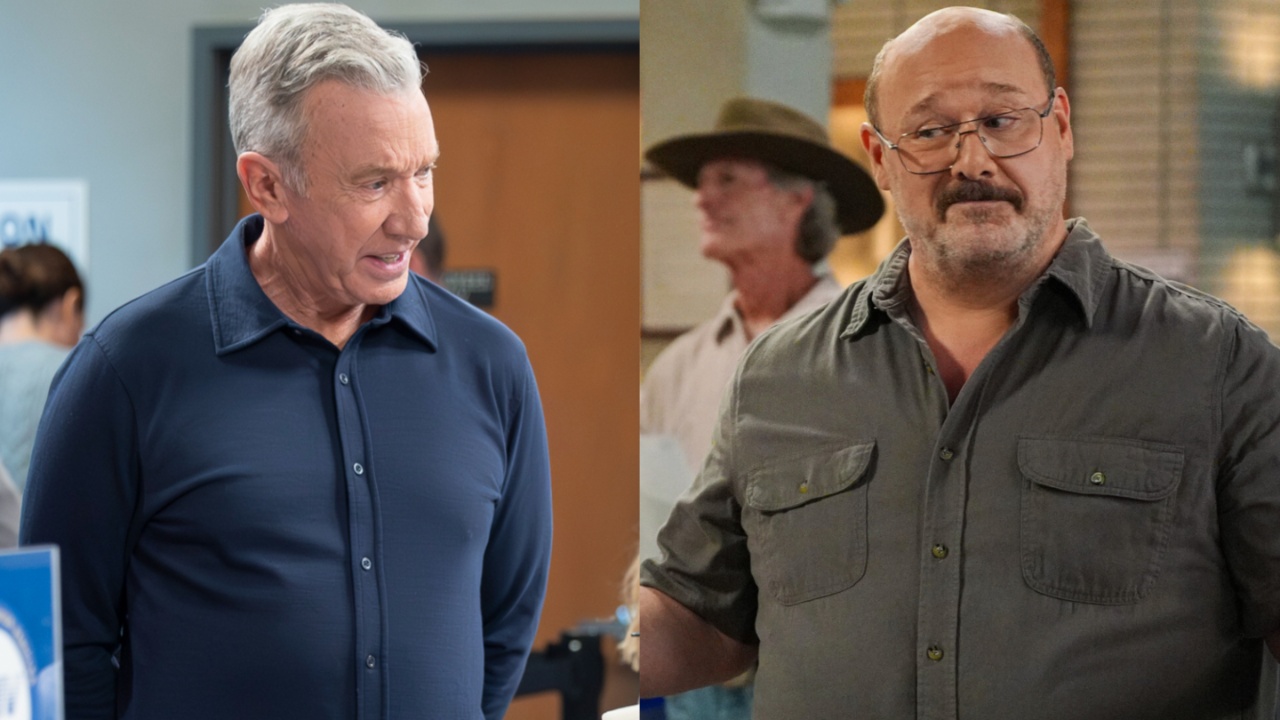Why Rogue One's Digital Reproductions Won't Become The Hollywood Norm, According To The Producer

By now, everyone who has seen Rogue One: A Star Wars Story and even some people who haven't know about the great time and effort that went into showing Wilhuff Tarkin. Although Guy Henry portrayed the Imperial governor in front of the camera and voiced him, archive footage of the late Peter Cushing was digitally manipulated over Henry's face to recreate Cushing's likeness. The final product earned mixed reception from moviegoers, but it has provoked questions of how future Hollywood blockbusters might use digital reproductions of deceased actors. However, Rogue One visual effects supervisor and executive producer John Knoll doesn't believe this will become a common occurrence, mainly because the first Anthology spinoff had specific reasons for tackling Tarkin the way they did. Knoll said:
I don't imagine that happening. This was done for very solid and defendable story reasons. This is a character that is very important to telling this kind of story.
In an extensive interview with The New York Times about all the work that went into making Rogue One's version of Tarkin, John Knoll addressed the concerns and "slippery slope argument" about Hollywood using reproductions of dead actors in movies, but noted that Rogue One was a unique situation. Remember, Tarkin was the commander of the Death Star in A New Hope, so not having him appear in Rogue One would have been weird. Admittedly, the digital Cushing face didn't quite escape the uncanny valley effect, but it was an admirable effort. Knoll noted that there's another reason why we won't see this kind of digital effect used too often: expense. He continued:
It is extremely labor-intensive and expensive to do. I don't imagine anybody engaging in this kind of thing in a casual manner.
John Knoll also mentioned that if there are still Star Wars movies being made 50 or 100 years from now, it's unlikely that the likenesses of Mark Hamill, Harrison Ford, Carrie Fisher or any of the other Original Trilogy actors will be used, reiterating it made sense specifically for Rogue One.
Warning: a major spoiler for Rogue One: A Star Wars Story is ahead!
Of course, Tarkin wasn't the only character in the movie to be digitally tampered with in Rogue One. In the movie's final minute, we saw the Death Star plans being handed off to Princes Leia, who was played by Ingvild Deila during the production, but had 1970s Carrie Fisher's likeness laid over her face. When you also take into account the cinematic de-aging technology that's been progressing over the last decade (most notably in the Marvel movies), it's amazing what can be done to recreate an actor's likeness. That said, there's still a lot of work to be done to perfect these digital reproductions
Rogue One: A Star Wars Story is currently playing in theaters, and click here to read what we thought of the movie.
Your Daily Blend of Entertainment News

Connoisseur of Marvel, DC, Star Wars, John Wick, MonsterVerse and Doctor Who lore, Adam is a Senior Content Producer at CinemaBlend. He started working for the site back in late 2014 writing exclusively comic book movie and TV-related articles, and along with branching out into other genres, he also made the jump to editing. Along with his writing and editing duties, as well as interviewing creative talent from time to time, he also oversees the assignment of movie-related features. He graduated from the University of Oregon with a degree in Journalism, and he’s been sourced numerous times on Wikipedia. He's aware he looks like Harry Potter and Clark Kent.
